Control of Main Grape Diseases (2)
Black rot
It mainly damages fruits, leaves, petioles and new shoots.
Symptoms
Leaves
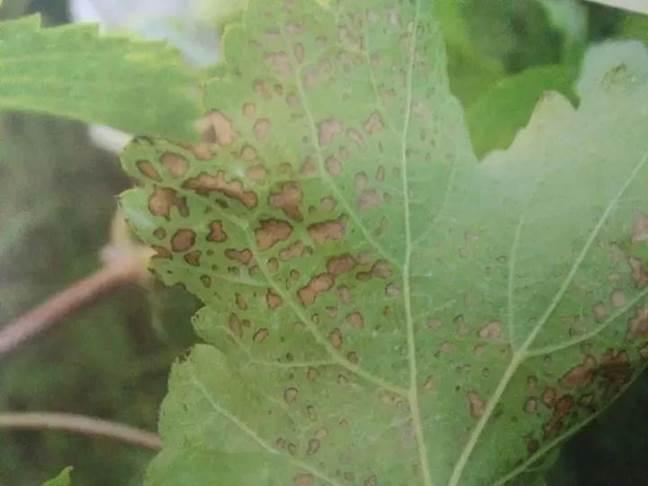
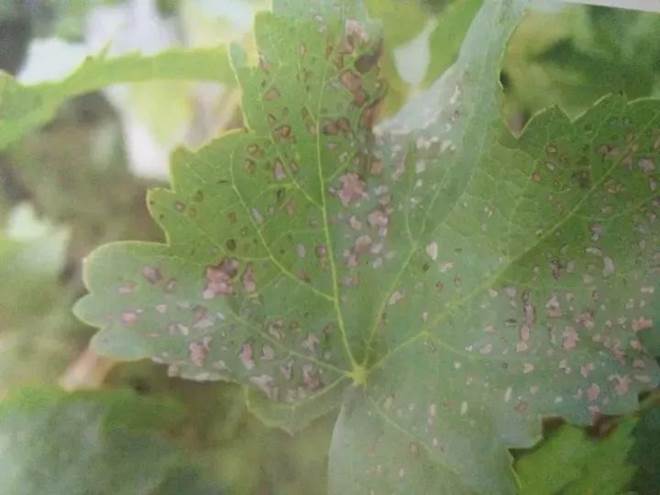
Red-brown sub-circular spots appear between veins, and the center of the spots is gray-white, the outerside is brown, and the edge is black after enlargement. The lesions on the leaves are nearly round, with dark brown edges, and black spots appear on the lesions in the later stage.
Fruits
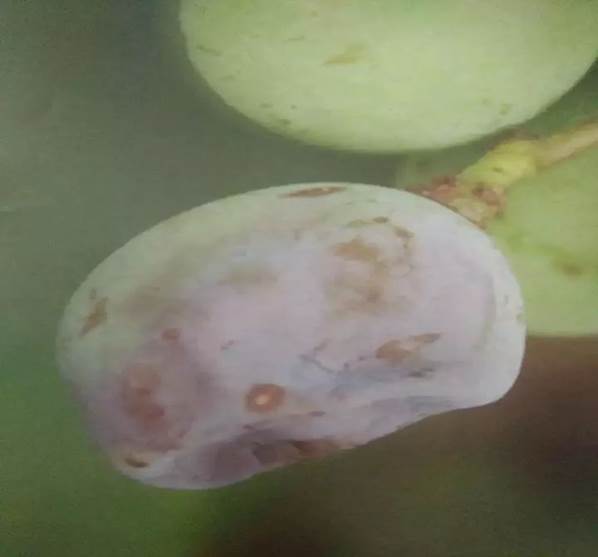
In the early stage of the disease, purple-brown spots appeared and gradually expanded, with brown edges and slightly sunken gray-white center;
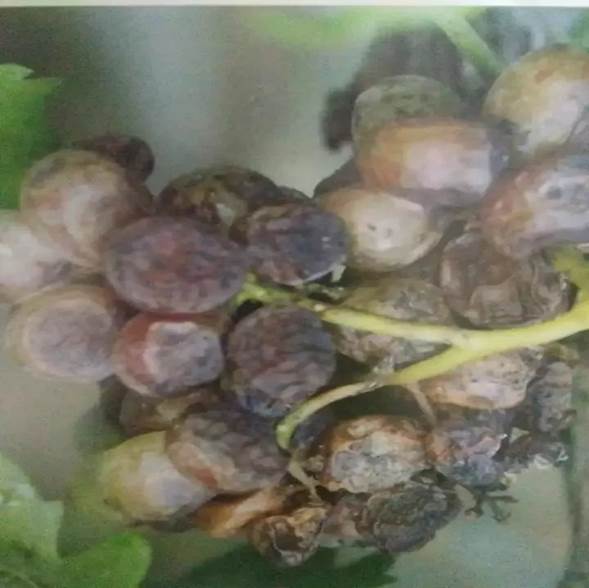
The lesions continue to expand, resulting in soft rot of fruits. The infected fruits are brown dots. The lesions develop rapidly and are reddish brown. Within a few days, the whole fruit will be infected, and the peel will shrink and gradually dry into black stiff fruits, which are difficult to fall off when hanging on branches. The dried and shrunk stiff fruit skin is covered with black dots.
Chemical control
Carbendazim, thiophanate-methyl, mancozeb, chlorothalonil, benomyl, difenoconazole, pyraclostrobin.
Anthracnose
One of the main diseases that cause fruit rot at the end of grape growth.
It mainly harms the fruits and causes them to rot. In severe cases, it will also harm branches and leaves.
Symptoms
Fruits
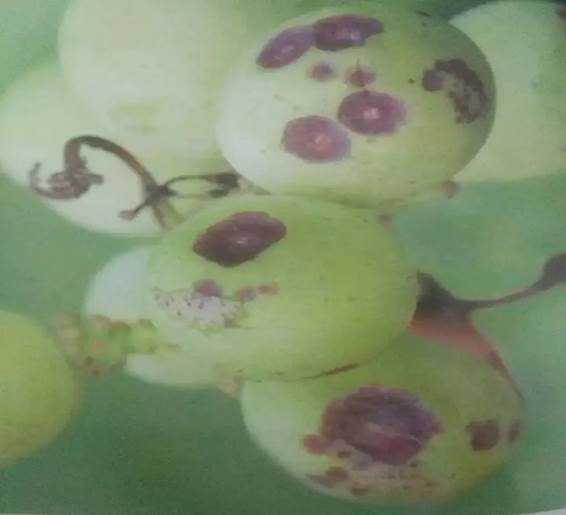
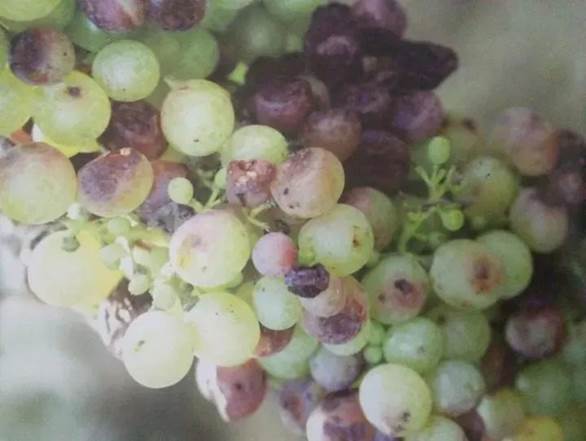
When the fruit is about to mature, the fruit surface appears light brown or purple spots, which are waterlogged, round or irregular, gradually expanding, turning brown or dark brown, rotting and sunken.
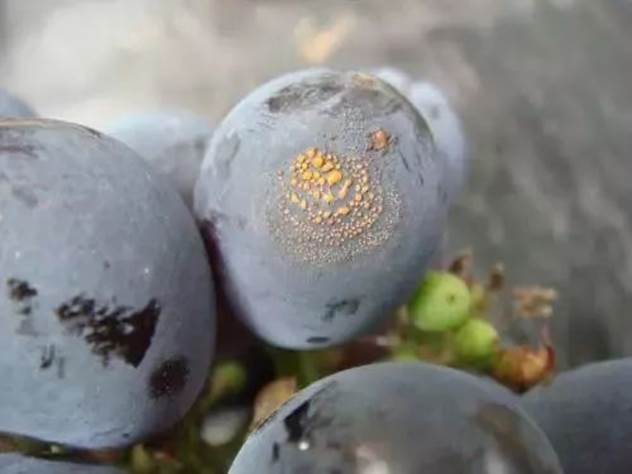
In humid weather, pink sticky dots appear on the peel, arranged in concentric circles.
The lesion can spread to half or even the whole fruit, and the rotten fruit is easy to fall off.
Leaves
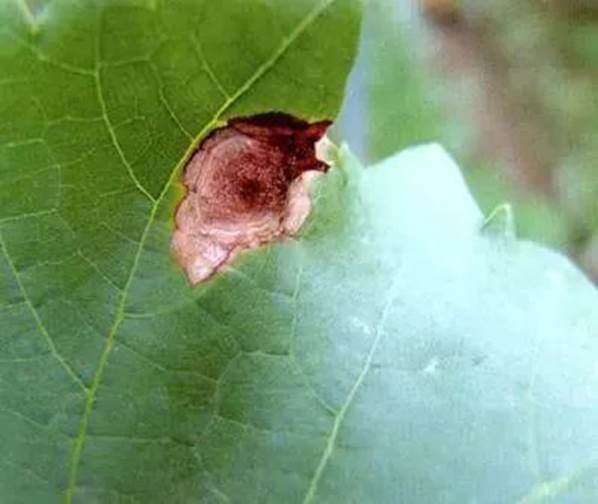
Nearly round or oblong dark brown spots appear on the leaf margins.
Pink conidia clusters may also grow on the lesions in wet weather.
Chemical control
Carbendazim, mancozeb, propineb, zhongshengmycin, propiconazole, prochloraz, kresoxim-methyl and bromothalonil.
Gray mold
The main diseases that cause the rot of grape flower spikes in spring.
It mainly harms inflorescences, young fruits and mature fruits. Sometimes it also harms new shoots, leaves and fruit stalks.
Symptoms
Inflorescence
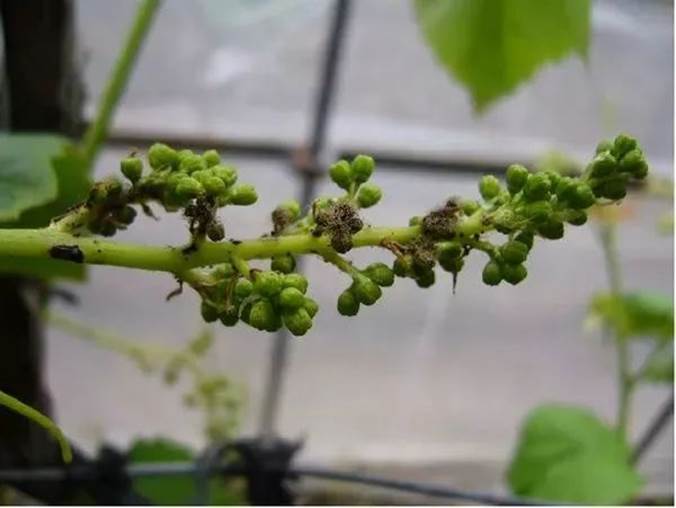
The infected inflorescence looks dark brown as if it has been scalded by boiling water, and a gray mold layer appears on the surface.
Fruits
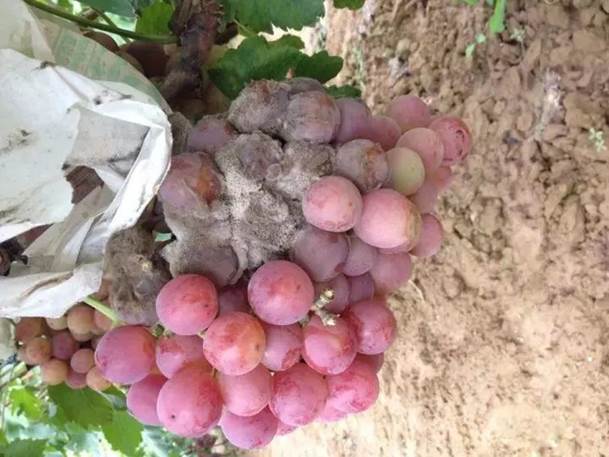
New shoots and leaves
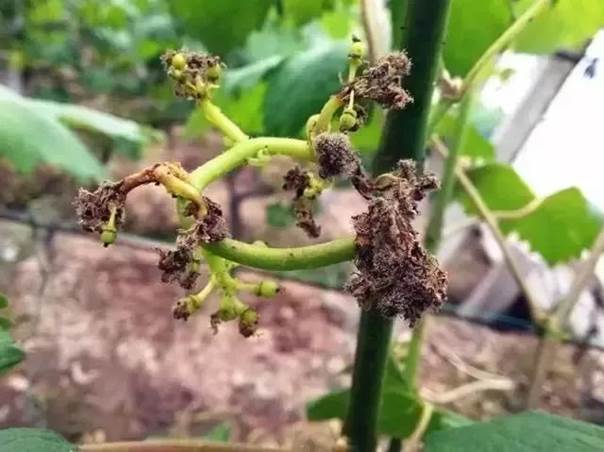
Light brown, irregular spots, and gray mold layer.
Chemical control
Thiophanate methyl, polyoxin, difenoconazole, propiconazole, procymidone, cyprodinil, thiabendazole, iprodione, benomyl, hexaconazole.
Caucasus grape black rot
It mainly harms the stalks, rachis, leaves and fruits.
Symptoms
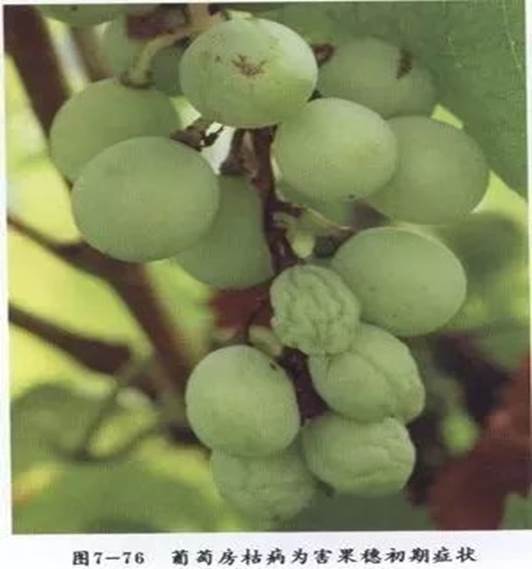
Fruit stalks
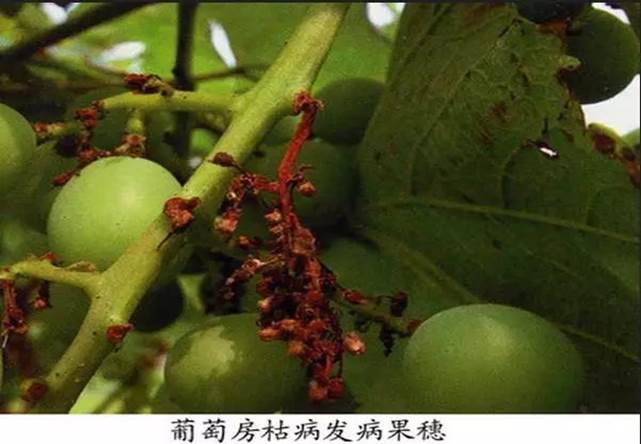
After the onset of disease, deep red spots with brown halo appeared at the base of the fruit stalk, and the fruit stalk dried up and shrunk in the later stage.
Rachises
The rachis is rigid, and all the fruit grains turn into black stiff fruits, which are not easy to fall.
Fruits
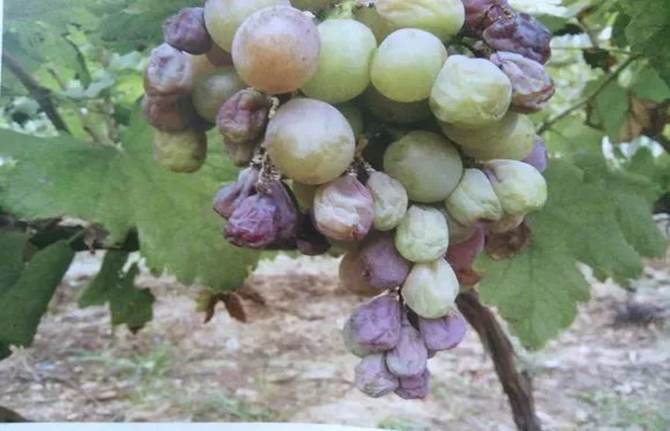
The infected fruit first loses water and wilts, showing irregular brown spots, gradually expanding to the whole fruit, turning purple-black, shrinking into rigid fruit, fruit stalks and ears browning, and withering.
Chemical control
Lime sulphur, chlorothalonil, carbendazim, thiophanate methyl, mancozeb, thiram+carbendazim.

Tel: +86-21-58357653

Trading Office: Room 1201, Building B,Yujing International Business Plaza,No. 555 Pudong Avenue, Pudong,Shanghai,China.

E-mail: oreo.yum@oasisagro.com
About us
Stay with Oasis and find easier way to cultivate



Solutions

